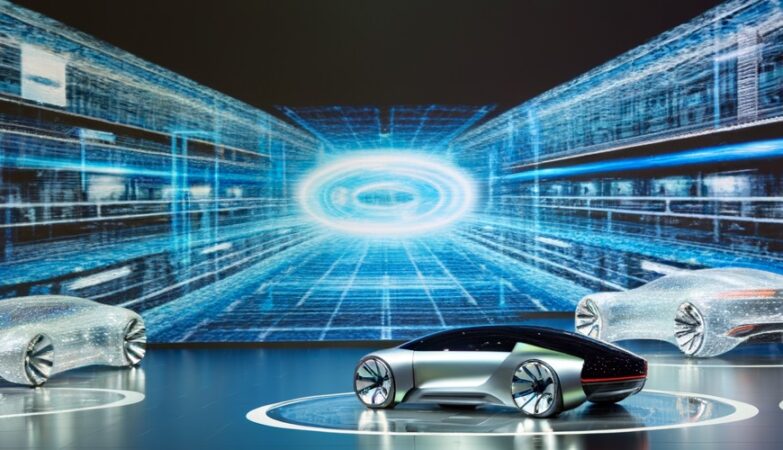Automotive: A Revolution on Wheels
The automotive industry has taken the world by storm, revolutionizing transportation and redefining mobility. From Henry Ford’s assembly line to the rise of electric vehicles, the automotive sector has witnessed profound transformations that have shaped the way we live and commute.
One of the key milestones in automotive history was the introduction of mass production techniques. Henry Ford’s innovation of the assembly line in the early 20th century revolutionized the manufacturing process. By breaking down the production into smaller tasks and streamlining the process, Ford was able to drastically reduce the time and cost required to build a car. This breakthrough made automobiles accessible to the masses and paved the way for a transportation revolution.
The automotive industry has come a long way since then, with companies continuously pushing the boundaries of technology and design. One of the most significant developments in recent times is the rise of electric vehicles (EVs). As concerns about climate change and emissions continue to grow, EVs offer a more sustainable and environmentally friendly alternative to traditional combustion engine cars.
Electric vehicles are powered by electric motors instead of internal combustion engines, which significantly reduces emissions and reliance on fossil fuels. With the increasing availability of charging infrastructure and advancements in battery technology, EVs have become a viable option for consumers worldwide. Major automakers like Tesla, Nissan, and BMW have introduced electric models, and governments around the world are providing incentives to encourage the adoption of EVs.
Autonomous vehicles, also known as self-driving cars, are another groundbreaking development in the automotive industry. With advancements in artificial intelligence, sensors, and connectivity, autonomous vehicles have the potential to transform transportation systems. These vehicles can navigate without human input, relying on sensors and mapping technology to detect obstacles and make decisions.
The benefits of autonomous vehicles are numerous. They have the potential to reduce accidents caused by human error, optimize traffic flow, and increase mobility for those who cannot drive. Additionally, autonomous vehicles could lead to reduced fuel consumption and less traffic congestion as they can communicate with each other to coordinate movements and speed.
However, the widespread adoption of autonomous vehicles faces several challenges. Safety concerns, regulatory hurdles, and the need for extensive infrastructure development are just a few of the obstacles that need to be overcome. Despite these challenges, major automakers and technology companies are investing heavily in autonomous vehicles, recognizing the potential for a transportation revolution.
The integration of automotive technology with connectivity has given rise to the concept of the “connected car”. With built-in internet connectivity, cars can provide real-time traffic updates, access personalized entertainment options, and enable communication between vehicles. Connected cars also have the potential to improve safety by providing emergency assistance and enabling predictive maintenance by monitoring vehicle performance.
Furthermore, the automotive industry is embracing sustainability through the development of eco-friendly materials and manufacturing practices. From lightweight materials like carbon fiber that improve fuel efficiency to recycling initiatives that reduce waste, automakers are committed to reducing their environmental impact.
In conclusion, the automotive industry has undergone remarkable transformations throughout history, from the mass production of automobiles to the rise of electric vehicles and autonomous technology. These advancements are shaping the future of transportation, offering sustainable and efficient alternatives to traditional cars. As the automotive industry continues to innovate, it brings society closer to a future where clean and connected mobility is the norm.







